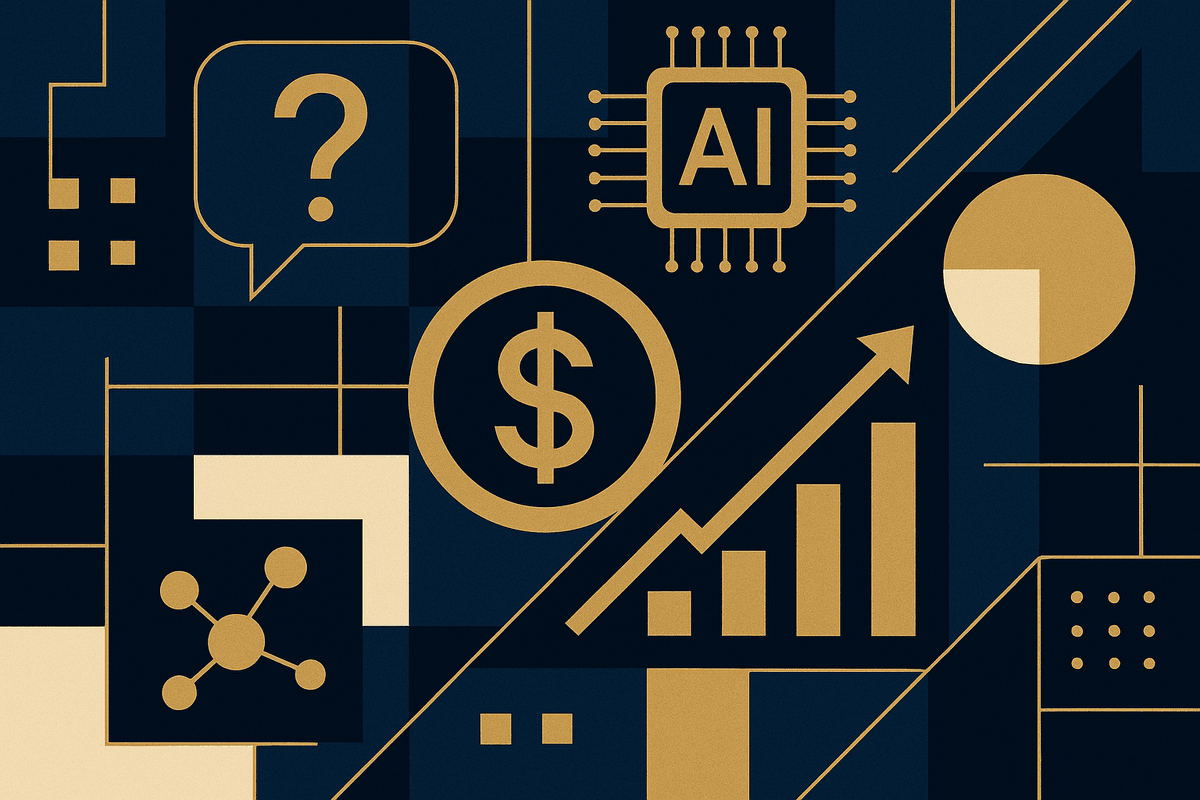How ScottsMiracle-Gro Saved $150M Thanks to AI: Lessons from a Digital Transformation in the Traditional Industry

How ScottsMiracle-Gro Saved $150M Thanks to AI: Lessons from a Digital Transformation in the Traditional Industry
Digital transformation is reshaping even the most established sectors. ScottsMiracle-Gro, a 150-year-old consumer goods company, provides a clear example. By merging artificial intelligence with process modernization and digital knowledge management, the company reportedly realized $150 million in savings. This analysis explores the methodologies implemented—such as supply chain optimization, conversational agents, explainable AI, and no-code tools—and assesses reproducibility in other traditional industries.
🌱 From soil to systems: Data is now as crucial as dirt.
Business Process Modernization and AI: Leveraging Industrial Heritage 🏭
Implementation Process
Digitalizing Business Knowledge
Digitize and structure historical process documentation and expert tacit knowledge.
Establishing Centers of Excellence
Build multidisciplinary teams to drive digital and AI initiatives.
Integrating No-Code/Low-Code Platforms
Enable rapid prototyping and deployment by empowering business units.
ScottsMiracle-Gro’s journey demonstrates that digital transformation is not limited to technology companies. Major initiatives included:
- Digitalizing siloed business knowledge
Historical process documentation and expert tacit knowledge were digitized and structured, accessible through upgraded knowledge management systems. - Centers of excellence for digital & AI
The company built multidisciplinary teams combining business, IT, and data science—accelerating R&D and deployment while ensuring business alignment. - Integration of no-code/low-code platforms
Empowered business units to experiment, prototype, and adapt digital solutions rapidly, reducing time-to-value.
| Traditional Challenge | Digital Approach |
|---|---|
| Fragmented workflows | Unified, digitalized processes |
| Tribal/tacit knowledge | Centralized knowledge platforms |
| Slow adaptation cycles | Iterative MVPs via no-/low-code |
Result: Faster alignment between business challenges and digital solutions.
AI Use Cases: Supply Chain, Customer Service, and Marketing 🤖
Please provide the content you would like me to analyze and enhance with a Mermaid diagram.
AI Tool Evaluation
Pros
- Improved demand forecasting
- Cost savings in supply chain
- Freed human experts for high-value tasks
- Enhanced regulatory compliance and trust
- End-to-end process automation
Cons
- Learning curve for explainable AI
- Initial investment or expense
- Limited customization of chatbots
- Potential complexity in integrating different AI systems
1. Supply Chain Optimization
By deploying computer vision solutions and predictive analytics, the company improved demand forecasting and inventory management. AI-enabled visibility across supplier networks led to more accurate order quantities and reduced overstock, delivering significant cost savings.
2. Specialized Conversational Agents
AI-powered chatbots and virtual agents provided expert guidance to both internal teams and customers. These systems handled common inquiries, troubleshooting, and knowledge retrieval, freeing up human experts for higher-value tasks.
3. Customer Insights through Explainable AI
Explainable AI techniques were integrated into marketing analytics. This allowed teams to understand not just what the AI recommended but why, supporting regulatory compliance and building trust—while refining future campaigns with measurable impact.
Synergy: Combining these cases revealed process interdependencies, enabling end-to-end automation—from replenishment to customer interaction.
The Role of No-Code/Low-Code Platforms in Accelerating AI Integration ⚡
Traditional industries often face bottlenecks in digital transformation due to resource constraints and rapidly changing business requirements. No-code/low-code platforms facilitated:
- Quick prototyping of business apps and workflows
- Simplified integration of advanced AI models—without extensive coding
- Direct involvement of business domain experts, reducing translation gaps with IT departments
This approach drove iterative improvement, minimized operational disruption, and reduced IT backlog.
Methodological Insights: Ensuring Adoption and Responsible AI Usage 🔍
Successful transformation depends as much on change management as technology. Lessons include:
- Explainable AI for transparency
Clear explanations of AI outputs mitigated resistance from operational teams and regulatory risk. - Ongoing knowledge digitalization
Continuous updates ensured that frontline insights fed future process improvements. - Role-based upskilling and support
Employees received targeted education on new tools and decision-support systems—even outside technical roles.
Anticipating and addressing human factors proved critical for sustained gains.
Operational Recommendations for Traditional Industries 🛠️
- Start with knowledge mapping. Identify and digitize key business expertise before launching AI projects.
- Pilot with low-code/no-code for rapid ROI. Focus on process bottlenecks that cross multiple departments.
- Prioritize explainability. Select AI tools that allow human oversight and intervention.
- Build cross-functional centers of excellence. Ensure continuous dialogue between process owners, IT, and data specialists.
- Balance automation with employee enablement. Equip teams for new digital workflows.
Key Takeaways
- AI-generated savings require process reengineering and ongoing knowledge management.
- Explainable AI and no-code platforms facilitate adoption in complex legacy environments.
- Cross-functional teams and pilot-driven iteration accelerate operational efficiency.
- Transparent, up-to-date knowledge platforms ensure sustainable change.
- Traditional industries can replicate these gains by adapting methodology, not just technology.
Tags
💡 Need help automating this?
CHALLENGE ME! 90 minutes to build your workflow. Any tool, any business.
Satisfaction guaranteed or refunded.
Book your 90-min session - $197Articles connexes

Google Workspace Studio: No-code AI agents at the heart of productivity
Discover how Google Workspace Studio enables no code AI automation, AI agents for Gmail and Docs, and secure digital transformation of business workflows
Read article
Ontology, the Missing Pillar of AI Projects: How to Stop Your Agents From Misunderstanding Your Business
Discover how ontology and a business knowledge graph stop AI agents misunderstanding business context and build a robust semantic layer for AI projects
Read article